Worlds famous Scientists Part - 2
World's famous Scientists
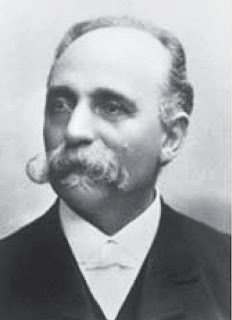
Nils Bohur
Nils Bohur (1885-1962) was born on 7 October 1885 in Copenhagen. In 1916 he was appointed Professor of Physics at the University of Copenhagen. He was awarded the Nobel Prize in 1922 for his work on nuclear constitution. There are three books based on several articles by Professor Bohr: (i) The Theory of Spectra and Atomic Constitution (ii) Atomic Theory and (iii) Uşları asit (The Description of Nature)
Ernest Rutherford
Ernest Rutherford (1871-1937) was born on August 30, 1871 in Swinggrove. He is considered the father of central (nuclear) physics. He became famous for his discovery of the nucleus of the atom through the experiment of gold foil as well as his work on Radio Activity. He received the Nobel Prize in 1908.
J. J. Thomson
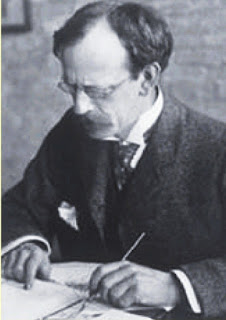
British physicist J. J. Thomson (1856-1940) was born on 18 December 1856 in Cheetham Hill, a Manchester suburb. He was awarded the E.C. He was awarded the Nobel Prize in 1906. Theo directed at Cavendish Laboratory in Cambridge for 35 years. Seven Nobel laureates who later helped with his research were also awarded the Nobel Prize.
John Dalton
John Dalton was born into a poor weaver's family in England in 1766. He began his career as a teacher at the age of twelve. Seven years later he became the principal of the school. John Dalton left Manchester in 1793 to teach mathematics, physics and chemistry at a Dalton college. He spent his entire life teaching and researching. In 1808 he introduced his own atomic theory which was a turning point for the study of matter.
Galileo Galilei
Galileo Galilei was born on February 15, 1564, in the city of Pisa, Italy. Galileo was interested in mathematics and natural philosophy from an early age; But father Vinenjo Galilei wanted to make him a doctor. According to him, Galileo entered the University of Deesa in 1581 to obtain a doctorate; but he could not complete the course because he was genuinely interested in mathematics. In it he described Archimedes' method of finding the relative density (or specific gravity) of objects by a scales. He was appointed professor of mathematics at the University of Venice, Republic of Venice in 1592. Here, too, he continued his observations on the principles of continuous motion Galileo was also a skilled craftsman who developed a series of different types of telecoms which The luminous capacity of was much better than the telescope capacity available at the time. Around 1640 he made the first pendulum clock. In his book Starry Messenger, Galileo claimed to have seen mountains on the moon, a galaxy formed by the convergence of tiny stars, and four small bodies orbiting Jupiter. In his books Discourse on Floating Bodies and Letters on the Sunspots, he revealed the secrets of the sun's sunspots on the Sun. By observation, Galileo argued that all the planets orbited the sun, not the earth, which was contrary to popular belief at the time.


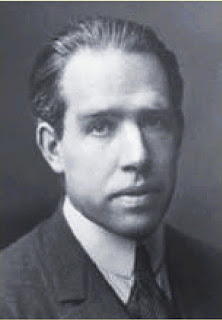
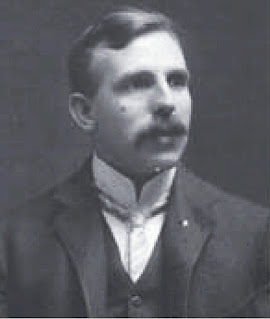

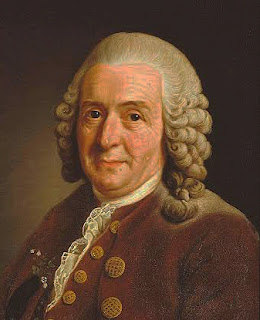
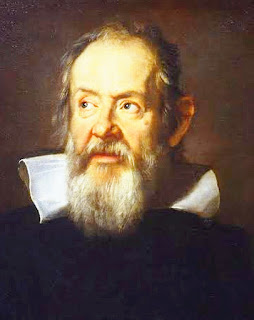



Post a Comment
0 Comments